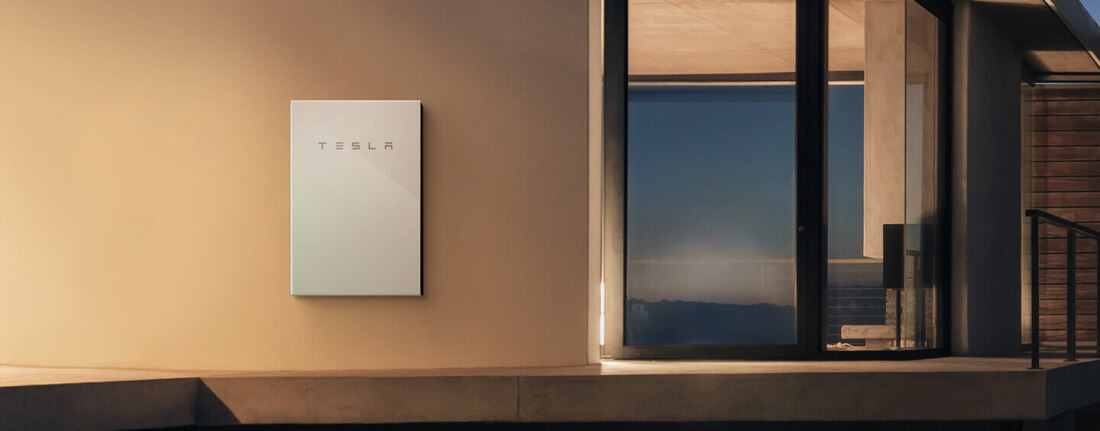If you do not already know, the Powerwall is a large lithium-ion battery pack designed by Tesla for consumer home use. The company also offers an industrial version called the Powerpack for commercial or power grid usage. Utility companies can install them to supplement the grid during peak hours. In business and consumer settings, the over-sized battery packs substitute for generators during outages. They can also be used to store electricity from solar panels.
Vermont's Green Mountain Power already has several Tesla Powerpacks installed on its grid, and now it is subsidizing Powerwalls for as many as 2,000 residents. Not only will the installed units provide backup electricity for the homes, but they will also afford more relief for the utility company during peak hours. GMP would be able to draw from the battery supplies when needed and then the devices would recharge overnight.
"There hasn't been any really successful large-scale trial, so that's why this is so exciting."
Powerwall beats relying on a generator because it provides electricity when needed, does not need to be fueled, and requires no regular maintenance. Plus they can provide an energy savings of up to 90 percent. However, it is unclear how much consumption reductions residents will see in this case since the grid will be pulling from their attached supplies at times.
While Powerpacks have been deployed in parts of California and Powerwalls are installed sporadically across the country, Engadget reports that GMP is the first utility company to use the Tesla units at a scale this large. J.B. Straubel, CTO at Tesla describes it as "our first real deployment."
"There hasn't been any really successful large-scale trial, so that's why this is so exciting," said Straubel.
Green Mountain Power will split the cost with residents interested in installing a Powerwall. The device usually costs $3,000, but GMP will install them for a flat fee of $1,500. Those not willing or able to shell out the fee upfront can rent the device for an extra $15 per month added to their electric bill. However, the utility is only providing this offer to 2,000 residents.
It will be interesting to see if other utility providers follow Vermont's example, especially in places like New York and Los Angeles where energy consumption is high.
